To most people, the sky is the limit.
To those who love aviation, the sky is home.
All vehicles are free to operate in three dimensions i.e the longitudinal, vertical and horizontal axes. But while cars are limited in that they can’t really take off from the streets, airplanes can really take advantage of all axes.
In an aircraft, movements are known by Pitch, Yaw, and Roll, respectively.
Pitch
Motion about the lateral axis is called pitch. This is a measure of how far an airplane’s nose is tilted up or down and is controlled by the elevator.
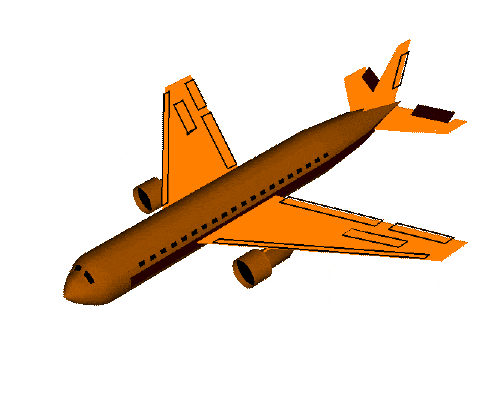
Yaw
Motion about the perpendicular axes is called yaw. It determines which way the nose of the aircraft is pointing.
This is controlled by the movement of the rudder.
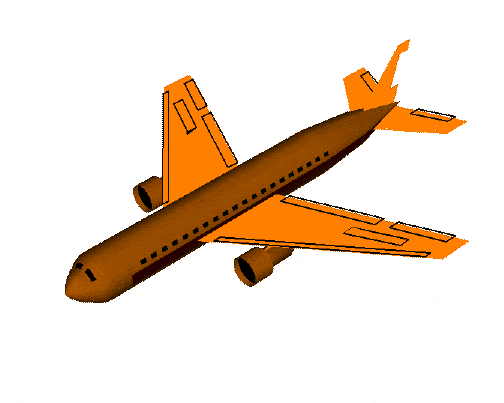
Roll
Motion about the longitudinal axis is called roll and in aircraft determines how much the wings are banked.
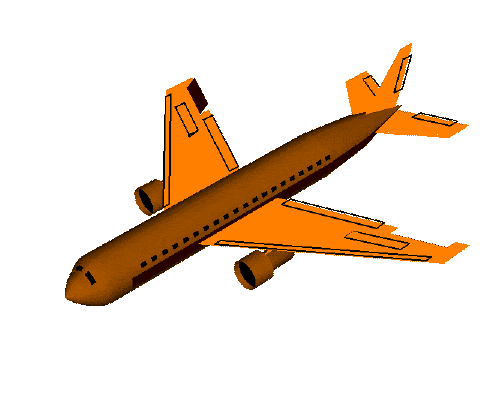
This is controlled by the movement of the aileron.
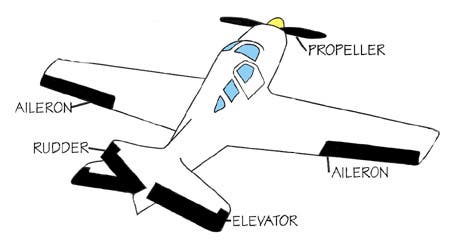
The position of the Aileron, Elevator and the Rudder on an airplane
Where do you use it?
Although usually, plane flights are quite monotonous and employ just one type of movement at a time, there is a wide variety of times where all the three have to be employed, like in the crosswind landing. Crosswind landing is a landing maneuver in which a significant component of the prevailing wind is perpendicular to the runway center line.

The above maneuver is known as Crabbing.
The nose points towards the wind so that the aircraft approaches the runway slightly skewed with respect to the runway centerline ( depends on the direction of the wind ). Upon approaching the runway threshold, moments before landing, the pilot aligns the aircraft with the centerline.
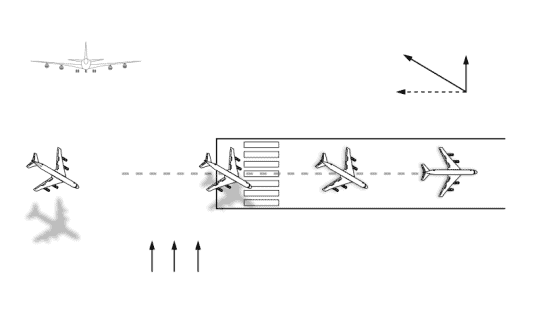
And this is easier said than done as it involves the meticulous control of the pitching, yawing and the rolling of the aircraft in order to stick the landing ( as is seen in the animation )
Some more examples
One need not restrict the usage of these terms merely to aircrafts, but can extend it other objects of interest as well.
Cars also experience pitch, roll, and yaw, but the amounts are relatively small and are usually the result of the suspension reacting to turns, accelerations, and road conditions.
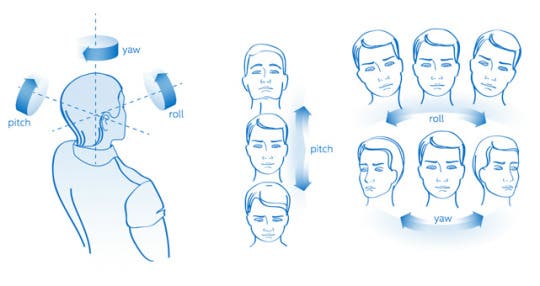
For a human- Pitch is like saying Yes. Yaw is when you say No! And roll is when you just wave your head.
Pitch, Yaw and Roll and that’s all there is to it.
Was this helpful?



